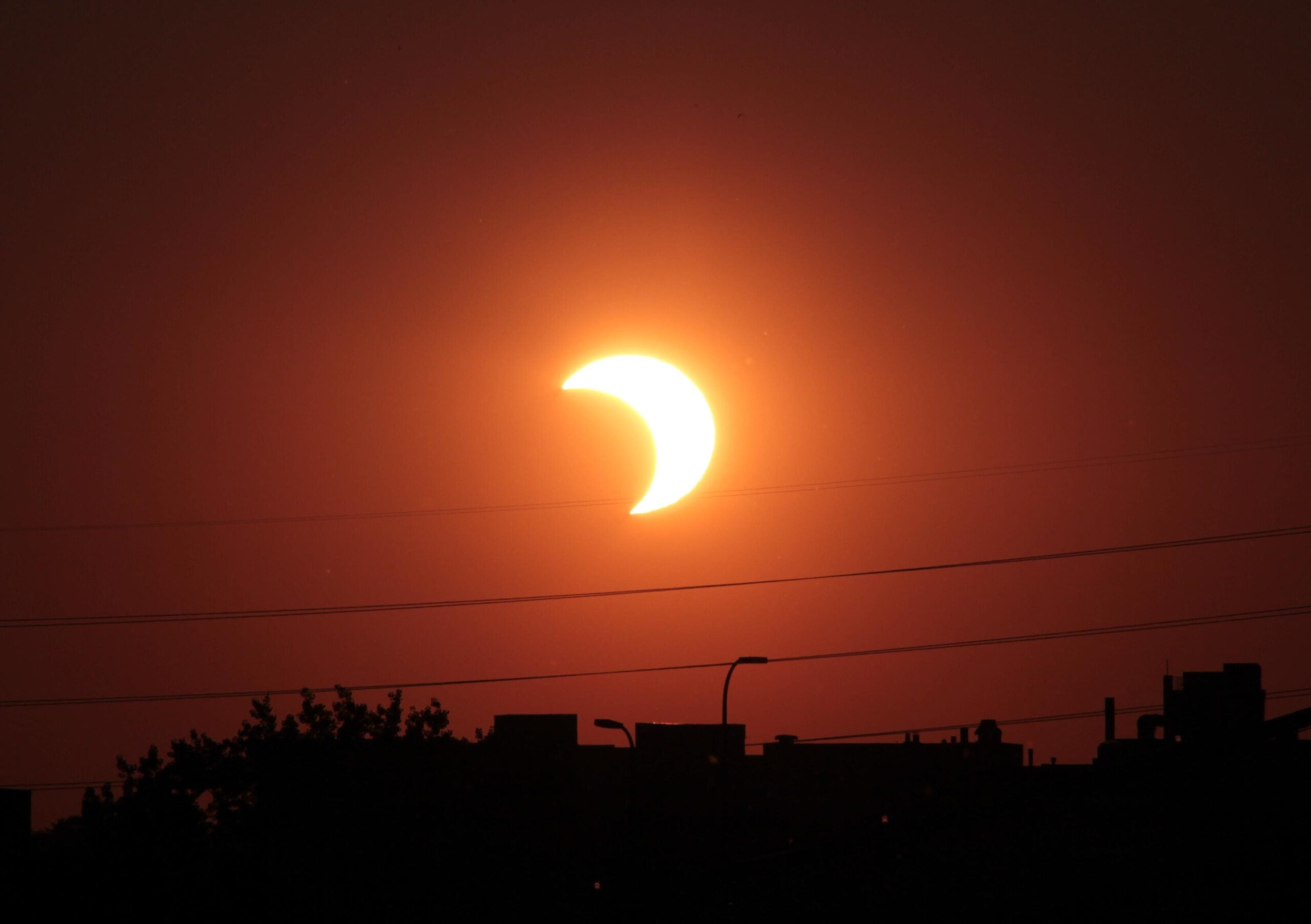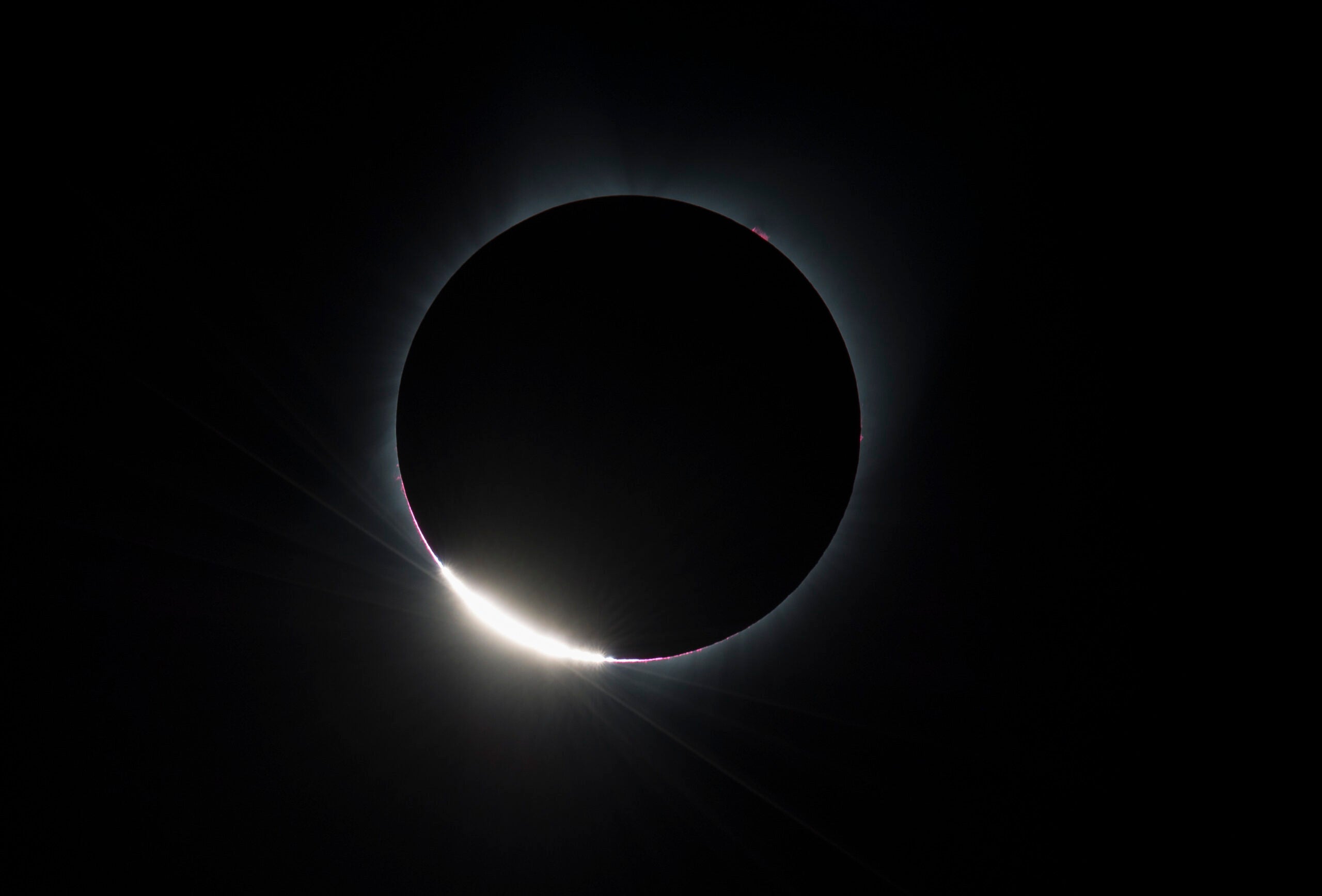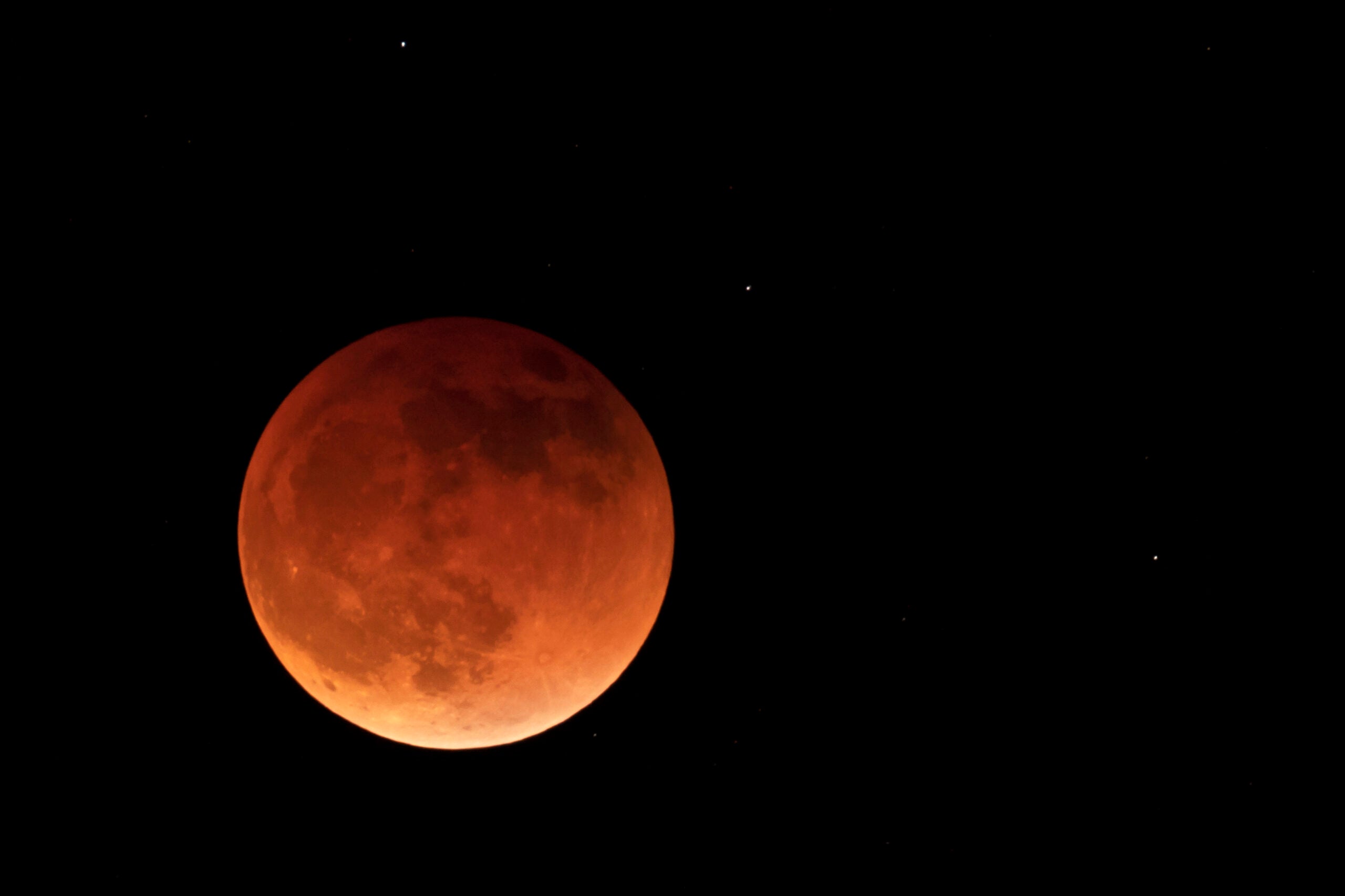John Rummel wanted to stop time on an August day in 2017 as he watched a total solar eclipse. The gray-blue color of the moon as it slid in front of the sun is what amazed him the most. He looked at his daughter and both of their eyes welled up with tears.
“What you see is jaw-droppingly, earth-shatteringly gorgeous and terrifying and dramatic,” Rummel said.
He traveled to Oregon with other members of the Madison Astronomical Society in 2017. He said that moving experience is why he is driving 1,100 miles to a campsite in Texas to catch the upcoming total solar eclipse on April 8.
Stay informed on the latest news
Sign up for WPR’s email newsletter.
“We have cars, we have camping gear, we have cook stoves, tents and a lot of determination,” Rummel said.
The total solar eclipse is predicted to pass through the country from Texas to Maine. Wisconsin scientists and enthusiasts are traveling to the path of totality, where 100 percent of the sun will be obscured by the moon. For a few minutes, the sky will descend into darkness.
According to NASA, an estimated 31.6 million people live in the path of totality this year. Some predict up to 3 million more people will travel to catch a glimpse of totality.
Jim Head, president of The Northwoods Explorers of Space and Astronomy, is one such traveler. He booked 10 hotel rooms in seven different states along the path of totality, hoping for a glimpse of the astronomical event.
“I just love it. I’m crazy and I’m nuts,” Head said.
Head was 8 years old when he was gifted a telescope. He spent nights on the roof of his parents’ garage navigating the night sky. His passion for astronomy and electronics has stayed with him ever since.
“People cry. People break out into laughter. People do amazing things.”
John Rummel
In Wisconsin, a partial eclipse will be visible. Skies will subtly darken for a few minutes, similar to the weather on heavily overcast days. Experts say it might go unnoticed by some.
Rummel said staying in Wisconsin for a partial eclipse isn’t the same as traveling for totality.
“Think about riding in an airplane and standing in an open door ready to jump. It’s that big of a difference,” Rummel said.
Can’t leave the state? Here’s how to watch.
There will be partial solar eclipse events in Wisconsin on April 8 including in Milwaukee, De Pere, Newport State Park and Sturgeon Bay.
According to calculations, in the early afternoon, the moon will begin passing between Earth and the sun, blocking more sunlight as it goes. At the time of peak overlap around 2 p.m., approximately 90 percent of the sun will be obscured by the moon in Kenosha. Less of the sun will be obscured further north and west.
Milwaukee Public Museum Planetarium Director Bob Bonadurer said solar eclipses are an appropriate time to thank the sun and moon for all the light they offer Earth.
“It’s just a beautiful thing to watch in the first place. It’s just gorgeous to see our sun kind of slowly shrink into this skinny crescent orb in the sky,” Bonadurer said.

James Lattis, director of the UW Space Place, said a total solar eclipse is a rare sight. He said people can watch the progression of the eclipse by facing away from the sun and looking at the image of the sun made by a pinhole, leaves on a tree or holes in a kitchen colander.
He said a total solar eclipse is an opportunity for scientific discovery.
“You see the distant shadow of the moon rushing up on you,” Lattis said. “The crescent of sunlight that’s left is getting gradually thinner and thinner. You start seeing lighting effects in the environment around you.”
According to the National Park Service, the only safe way to look directly at the uneclipsed or partially eclipsed sun is through special-purpose solar filters, like eclipse glasses.
The next opportunities to see a total solar eclipse over the continental United States will be in 2044, in North Dakota and Montana, and in 2045 as it crosses from California to Florida.
“It is an amazing experience. People cry. People break out into laughter. People do amazing things. They lose control of their emotions,” Rummel said.
Editor’s note: this story has been edited to clarify that James Lattis said a total solar eclipse is an opportunity for scientific discovery.
Wisconsin Public Radio, © Copyright 2025, Board of Regents of the University of Wisconsin System and Wisconsin Educational Communications Board.




